Home>Articles>Which Action Is Potentially Hazardous While Raising An Extension Ladder
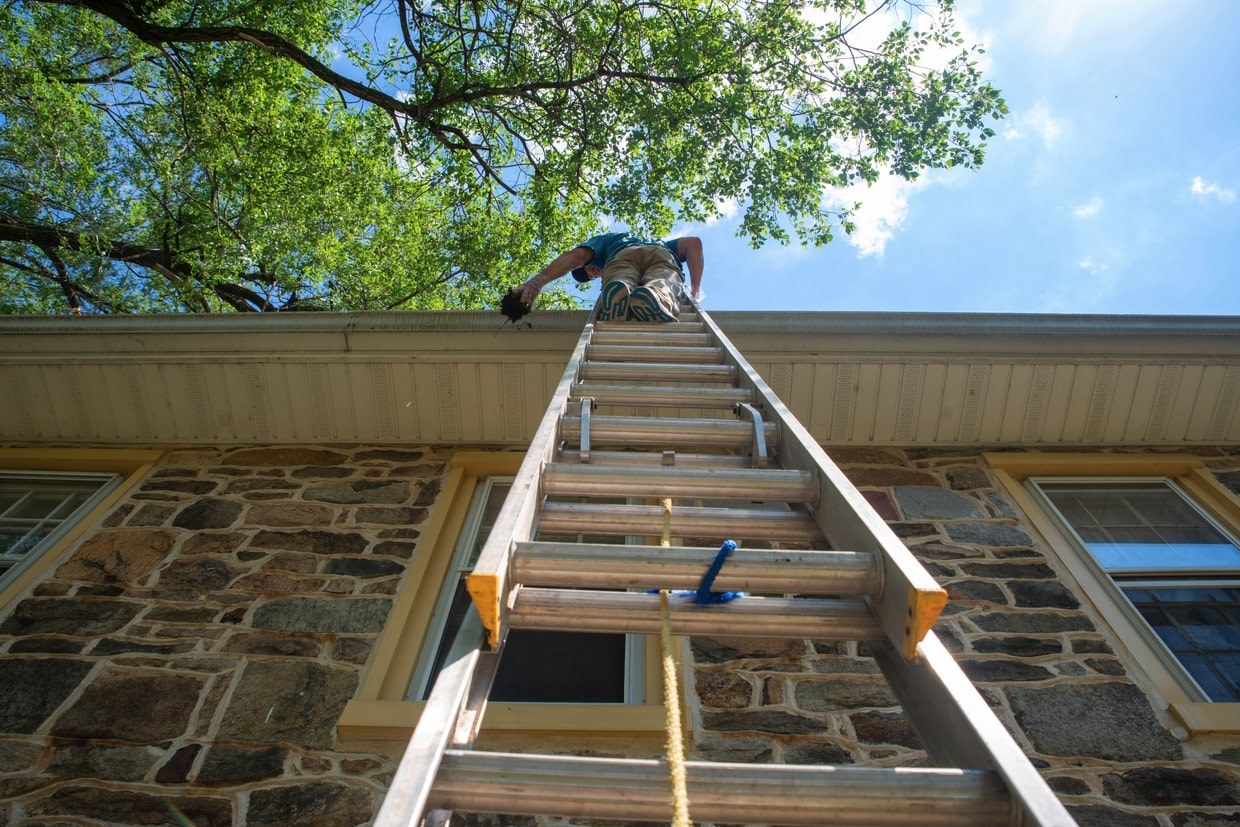

Articles
Which Action Is Potentially Hazardous While Raising An Extension Ladder
Modified: January 8, 2024
Learn about the potential hazards of raising an extension ladder and essential safety precautions in this informative article. Stay protected while working at heights.
(Many of the links in this article redirect to a specific reviewed product. Your purchase of these products through affiliate links helps to generate commission for Storables.com, at no extra cost. Learn more)
Introduction
Raising an extension ladder may seem like a simple task, but it is important to keep in mind that it can also be potentially hazardous. According to the Occupational Safety and Health Administration (OSHA), falls from ladders account for a significant number of workplace injuries and fatalities. To ensure your safety and the safety of others around you, it is crucial to follow proper safety precautions when raising an extension ladder.
In this article, we will discuss the various safety measures you should take while raising an extension ladder. From ladder inspection to proper setup and climbing techniques, we will cover all the essential steps to minimize the risk of accidents. So, let’s dive in and explore the best practices for safely raising an extension ladder.
Key Takeaways:
- Prioritize safety by wearing appropriate PPE, checking weight ratings, and clearing the area before raising an extension ladder. Thoroughly inspect and set up the ladder, climb with caution, and maintain stability while working at heights.
- Proper ladder maintenance and storage are crucial for longevity and safety. Regular inspections, cleaning, and following manufacturer guidelines ensure a safe working environment.
Safety Precautions
Before raising an extension ladder, it is crucial to take some safety precautions to minimize the risk of accidents. Here are a few important steps to follow:
- Wear appropriate personal protective equipment (PPE): Before you even approach the ladder, ensure that you are wearing suitable PPE, including a hard hat, non-slip footwear, and safety goggles. If you are working at heights where there is a risk of falling objects, consider wearing a safety harness.
- Check the weight rating: Extension ladders come with weight ratings specified by the manufacturer. Before using the ladder, check the weight rating to ensure it can support your weight and any additional equipment you might be carrying.
- Clear the area: Make sure the area around the ladder is clear of any obstacles or hazards, such as loose debris, power lines, or slippery surfaces. Clearing the area will help minimize the risk of tripping or falling objects.
- Inform others: If you are working in a shared space, inform others of your intentions to raise the ladder. This will ensure that people are aware of the potential hazards and can avoid the area while you work.
By following these safety precautions, you are establishing a safe environment and setting yourself up for a successful ladder-raising experience.
Proper Ladder Inspection
One of the essential steps before raising an extension ladder is to conduct a thorough inspection. Here’s what you need to check:
- Structural integrity: Inspect the ladder for any cracks, dents, or bent parts. Ensure that all rungs and side rails are secure and in good condition. If you notice any structural damage, do not use the ladder and have it repaired or replaced before proceeding.
- Hardware and fittings: Check all the hardware, such as bolts, screws, and rivets, to ensure they are tight and secure. Look for any missing or damaged fittings, and replace them as necessary. Loose or missing hardware can compromise the ladder’s stability and pose a safety risk.
- Slip-resistant feet: Examine the ladder’s feet and make sure they are in good condition. The feet should have non-slip pads or be made of a material that provides a firm grip on the ground. If the ladder’s feet are worn out or damaged, replace them to prevent slippage during use.
- Extension mechanisms: If you are using an extension ladder, carefully inspect the locking mechanisms and ensure they are in working order. Test the ladder’s extension and retraction functions to confirm smooth operation. If you encounter any issues, avoid using the ladder and seek professional assistance.
- Labels and stickers: Check for safety labels, instructional stickers, and weight ratings on the ladder. These labels provide important information about proper usage and limitations. If the labels are faded or missing, contact the manufacturer to obtain replacement labels or seek guidance on usage.
By conducting a thorough ladder inspection, you can identify any potential safety hazards and address them before using the ladder. Remember, a well-maintained ladder is a safer ladder.
Setting Up the Ladder
Once you have completed the ladder inspection, it’s time to set up the ladder properly. Follow these steps to ensure a stable and secure setup:
- Select a suitable location: Choose a level and stable surface to place the ladder. Avoid uneven or slippery surfaces that can compromise stability. If working outdoors, clear away any dirt or debris that may affect the ladder’s stability.
- Angle and distance: The ladder should be set up at a 75-degree angle, which means the base should be one-fourth of the ladder’s working length away from the wall or support structure. This angle provides optimal stability. Use a ladder leveler if the ground surface is not level.
- Secure the ladder: Ensure that the ladder is securely positioned before climbing. If available, use ladder stabilizers or levelers to provide extra support and prevent wobbling. If the ladder is leaning against a wall or structure, ensure the top is properly secured or tied off.
- Extend the ladder cautiously: If using an extension ladder, extend it gradually, making sure each section locks securely into place before moving to the next. Avoid overextending the ladder beyond the manufacturer’s recommended height.
- Test stability: Before climbing, give the ladder a gentle shake to test its stability. If it feels unstable or wobbles excessively, readjust the setup or choose a different location. Unstable ladders should never be climbed.
By following these steps, you will set up the ladder in a way that ensures stability and reduces the risk of accidents. Taking the time to properly set up the ladder is essential for your safety when working at heights.
Climbing the Ladder
When climbing an extension ladder, it is important to maintain proper body positioning and use the correct technique to ensure stability and minimize the risk of falling. Here’s how to climb a ladder safely:
- Face the ladder: Stand in front of the ladder, facing it directly. Keep your body centered between the side rails, maintaining a firm and balanced stance.
- Use three points of contact: Always maintain three points of contact with the ladder. This means having both hands and one foot, or both feet and one hand, on the ladder at all times. Avoid carrying any tools or equipment that could hinder your grip.
- Ascend and descend one step at a time: Take it one step at a time when climbing up or down the ladder. Slow and deliberate movements help maintain stability and reduce the risk of slips or falls.
- Face the ladder while climbing: Keep your face towards the ladder at all times while climbing. Avoid twisting or overreaching, which can throw off your balance and increase the chances of falling.
- Avoid excessive leaning: Do not lean too far to either side when climbing. Maintain a centered position to prevent the ladder from tipping over. If you need to reach something out of your immediate reach, descend and reposition the ladder instead of stretching too far.
- Stay clear of the top rungs: Never stand on the top rungs of the ladder. Maintain a safe working height by standing on the designated rungs or platform. Standing on the top rungs increases the risk of the ladder becoming unstable and tipping over.
Remember to always prioritize safety when climbing a ladder. Take your time, be mindful of your body positioning, and pay attention to your surroundings. By following these guidelines, you can prevent accidents and ensure a secure climbing experience.
When raising an extension ladder, always ensure that the base is on a stable and level surface to prevent it from tipping over. Also, be mindful of overhead power lines and other obstructions.
Working with the Ladder Extended
Once the ladder is properly set up and you have safely climbed to your desired height, it’s important to know how to work with the ladder in an extended position. Follow these tips to ensure safety while performing tasks:
- Maintain a stable stance: Keep your feet hip-width apart and centered on the ladder rungs. Distribute your weight evenly and avoid leaning too far in any direction. This will help maintain balance and stability.
- Avoid overreaching: It can be tempting to stretch or lean to reach objects, but this can compromise your balance and increase the risk of falling. Instead, maintain a comfortable working distance by moving the ladder or using appropriate tools to extend your reach.
- Secure tools and equipment: Use tool belts or buckets to keep your hands free while working. Make sure any equipment or materials are securely fastened to prevent them from falling or causing instability on the ladder.
- Take breaks when needed: If you feel fatigued or need to readjust your position, descend the ladder safely and take a break. Working for extended periods can increase the risk of accidents due to decreased focus or muscle fatigue.
- Be mindful of your surroundings: Stay aware of any potential hazards around you, such as electrical lines, uneven surfaces, or falling objects. Make sure the area is clear and well-lit to avoid accidents.
- Communicate with others: If you are working in a team or in a shared space, communicate with colleagues or bystanders to ensure they are aware of your presence and can take necessary precautions to avoid interfering with your work.
By following these guidelines, you can ensure a safe and productive work experience while using an extended ladder. Always prioritize safety and take the necessary precautions when performing tasks on an extended ladder.
Moving and Descending the Ladder
When it’s time to move the ladder or descend from your elevated position, it is vital to follow proper techniques to prevent accidents. Here are some guidelines to help you safely move and descend the ladder:
- Plan your descent: Before descending, assess the surrounding area to ensure it is clear of any obstacles or hazards. Plan your descent route to avoid any potential hazards and make sure there is a secure landing spot for your feet.
- Step down one rung at a time: Descend the ladder one rung at a time, facing the ladder and maintaining three points of contact. Keep your body centered and avoid leaning back while descending to maintain balance and stability.
- Keep your hands free: While descending, keep your hands free from carrying any tools or equipment. This allows you to maintain a secure grip on the ladder and prevents any balance issues caused by excess weight or uneven distribution.
- Avoid sliding or jumping off the ladder: Never slide down the ladder or jump off from a higher position. Descend in a controlled manner by maintaining your grip, foot placement, and focus. Sliding or jumping off can lead to injuries and accidents.
- Ensure the ladder is stable: If you need to move the ladder to another location, carefully lower it to the ground by reversing the steps used for setting it up. Assess the new location for stability and follow the proper setup procedure to ensure a secure working environment.
- Get help with heavy or bulky ladders: If you are working with a ladder that is heavy or bulky, it is recommended to have another person assist you in moving it. This not only reduces the risk of injuries but also ensures proper control and stability during the process.
By following these guidelines, you can safely move and descend the ladder without putting yourself or others at risk. Take your time, remain focused, and use proper techniques to prevent accidents.
Ladder Maintenance and Storage
Maintaining and storing your ladder properly is essential for its longevity and continued safety. By following these maintenance and storage tips, you can ensure that your ladder remains in good condition:
- Regularly inspect your ladder: Perform routine inspections to check for any signs of damage, such as cracks, bent parts, or loose fittings. Address any issues promptly to prevent further deterioration and potential safety hazards.
- Clean your ladder: Remove any dirt, debris, or substances that may have accumulated on your ladder after use. Use a mild detergent and water to clean the ladder, ensuring that you do not compromise its structural integrity.
- Store your ladder in a dry and secure location: When not in use, store your ladder in a dry and secure area, such as a garage or shed. Protect it from exposure to extreme temperatures, moisture, and direct sunlight, which can degrade the ladder materials over time.
- Avoid leaning the ladder against walls or other surfaces: Leaning a ladder against a wall or other surfaces for an extended period can cause deformation and weaken the ladder structure. Instead, store your ladder in an upright position to maintain its integrity.
- Use ladder storage accessories: Consider using ladder hooks or brackets specifically designed for ladder storage. These accessories can help keep your ladder off the ground and protect it from damage.
- Follow manufacturer’s guidelines: Each ladder comes with specific manufacturer guidelines for maintenance and storage. Familiarize yourself with these instructions and follow them accordingly to ensure that your ladder remains in optimal condition.
Taking the time to properly maintain and store your ladder will not only prolong its lifespan but also contribute to a safer working environment. Regular inspections and proper storage can detect any potential issues early on and reduce the risk of accidents.
Conclusion
Raising an extension ladder may seem like a simple task, but it is crucial to prioritize safety throughout the process. By following the recommended safety precautions, conducting thorough ladder inspections, setting up the ladder correctly, using proper climbing techniques, and being mindful of working with an extended ladder, you can significantly reduce the risk of accidents and injuries.
Remember to always wear the appropriate personal protective equipment, check the ladder’s weight rating, and clear the area before raising the ladder. Inspect the ladder for any structural damage, loose fittings, or worn-out feet. Set up the ladder at the correct angle and distance, ensuring it is secure and stable before climbing.
When climbing the ladder, maintain three points of contact, face the ladder, and ascend or descend one step at a time. Work with the ladder extended by maintaining a stable stance, avoiding overreaching, and securing tools and equipment. When moving or descending the ladder, take it step by step, keep your hands free, ensure ladder stability, and get assistance if needed with heavy or bulky ladders.
Proper ladder maintenance and storage are essential for longevity and continued safety. Regularly inspect your ladder, clean it, and store it in a dry and secure location. Avoid leaning the ladder against surfaces and consider using ladder storage accessories.
By following these guidelines and prioritizing safety, you can confidently raise an extension ladder while minimizing the risk of accidents. Remember, the key is to always stay mindful, take your time, and prioritize your safety and the safety of those around you.
Frequently Asked Questions about Which Action Is Potentially Hazardous While Raising An Extension Ladder
Was this page helpful?
At Storables.com, we guarantee accurate and reliable information. Our content, validated by Expert Board Contributors, is crafted following stringent Editorial Policies. We're committed to providing you with well-researched, expert-backed insights for all your informational needs.

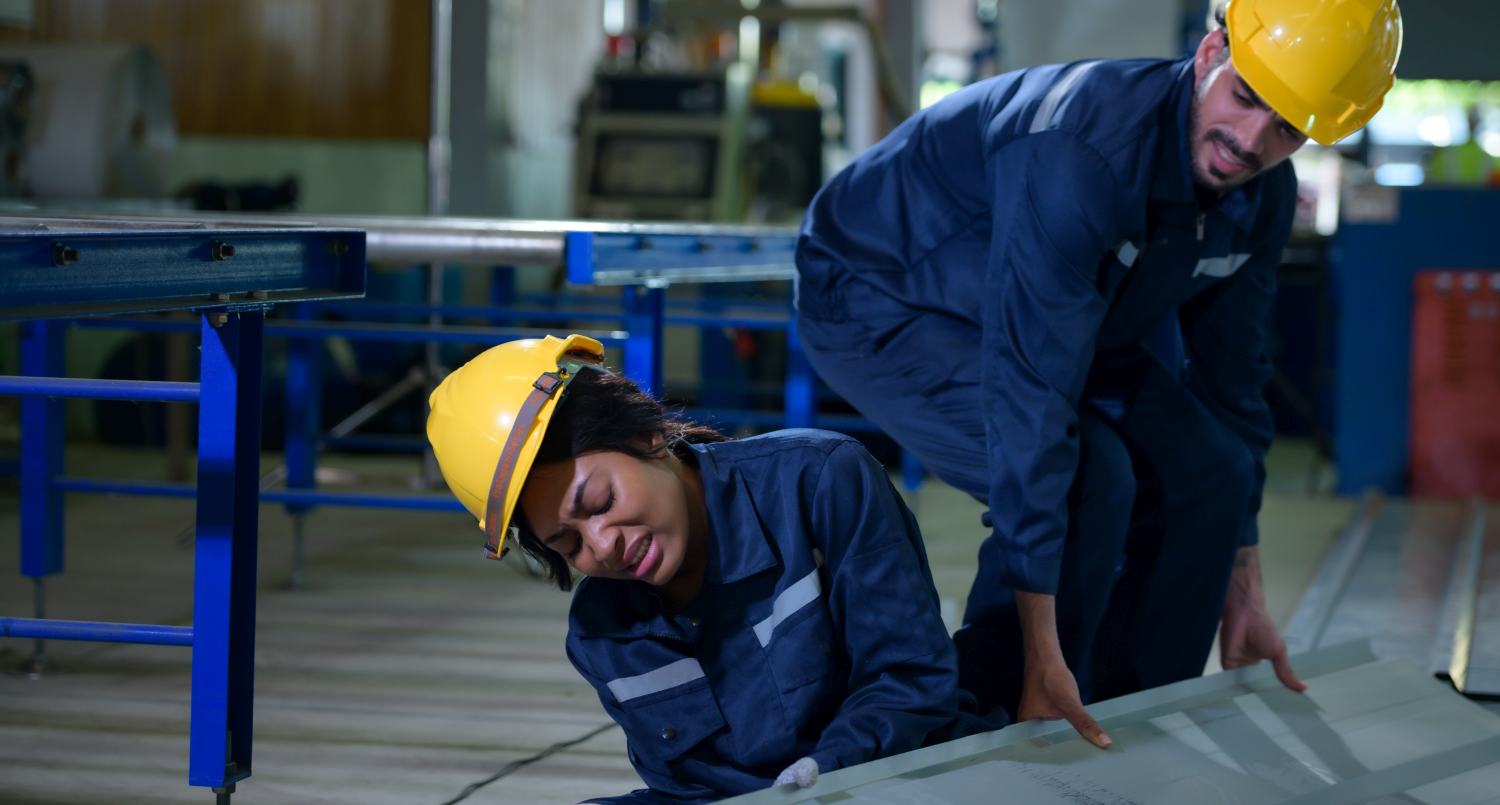
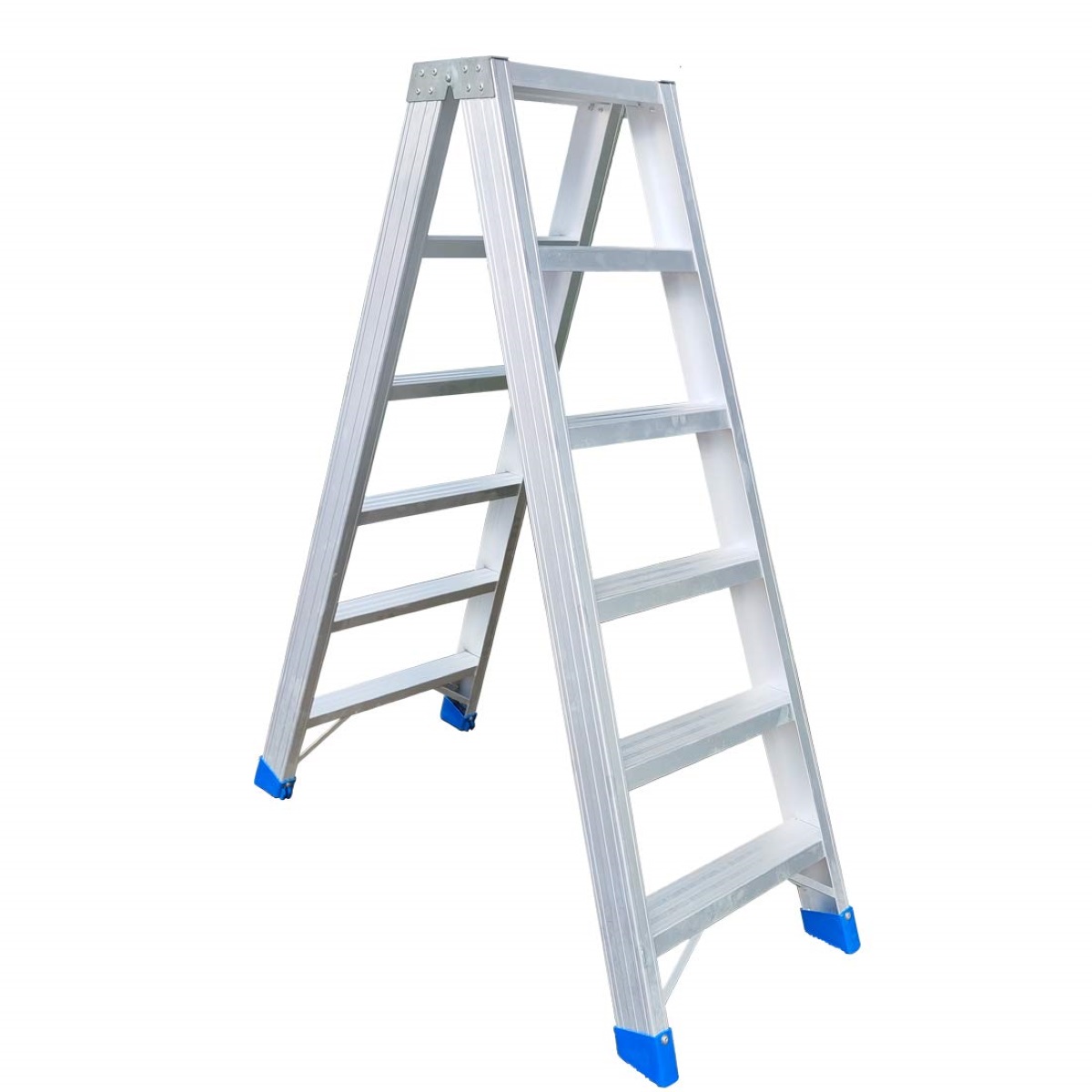
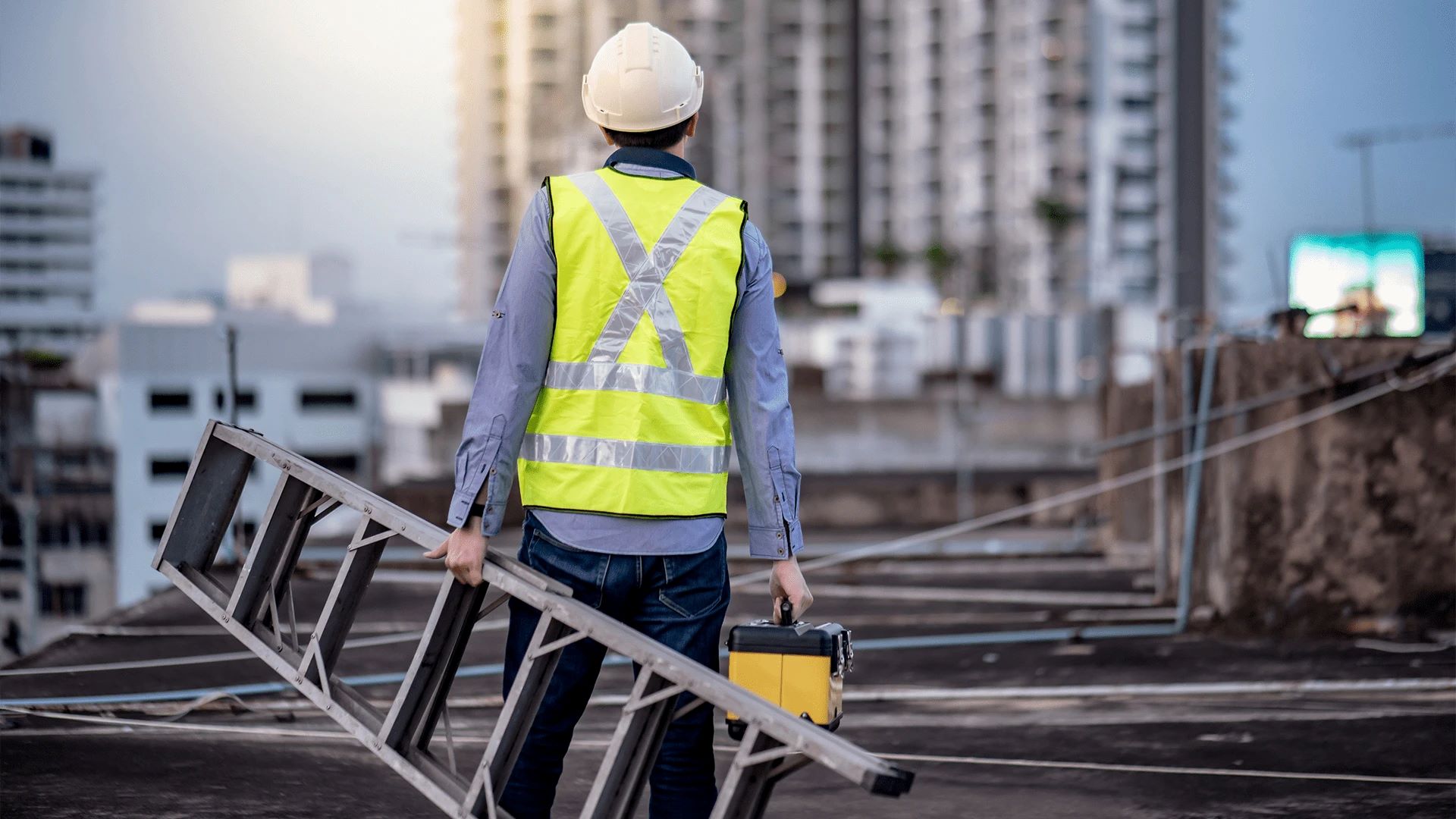
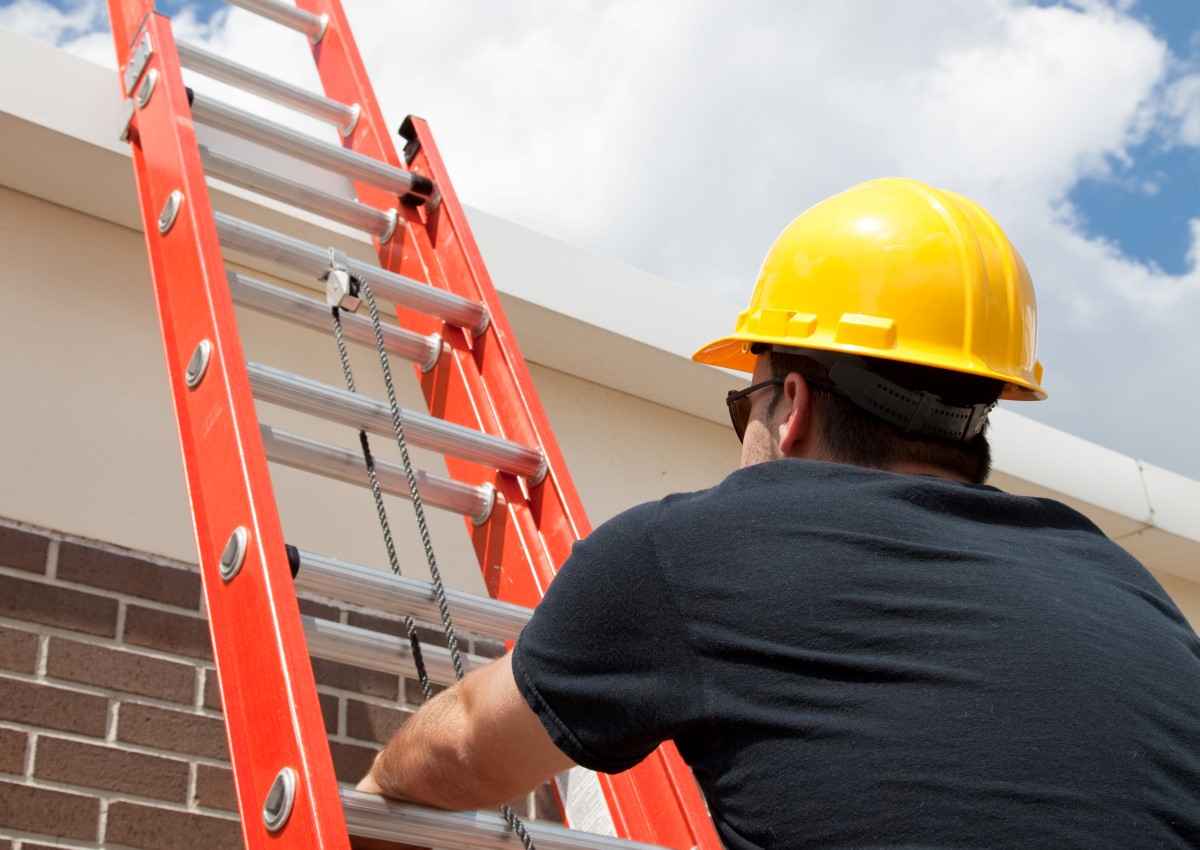
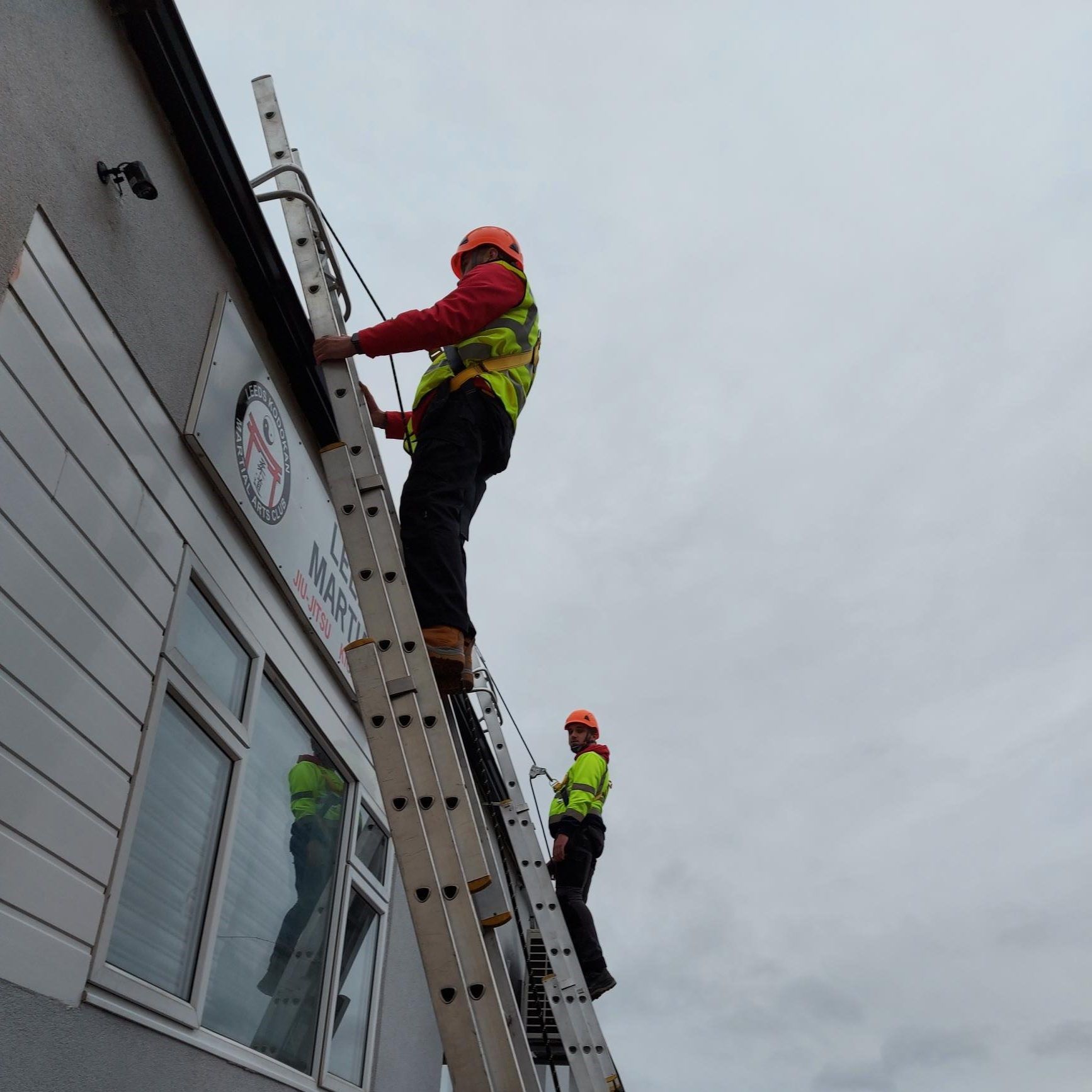
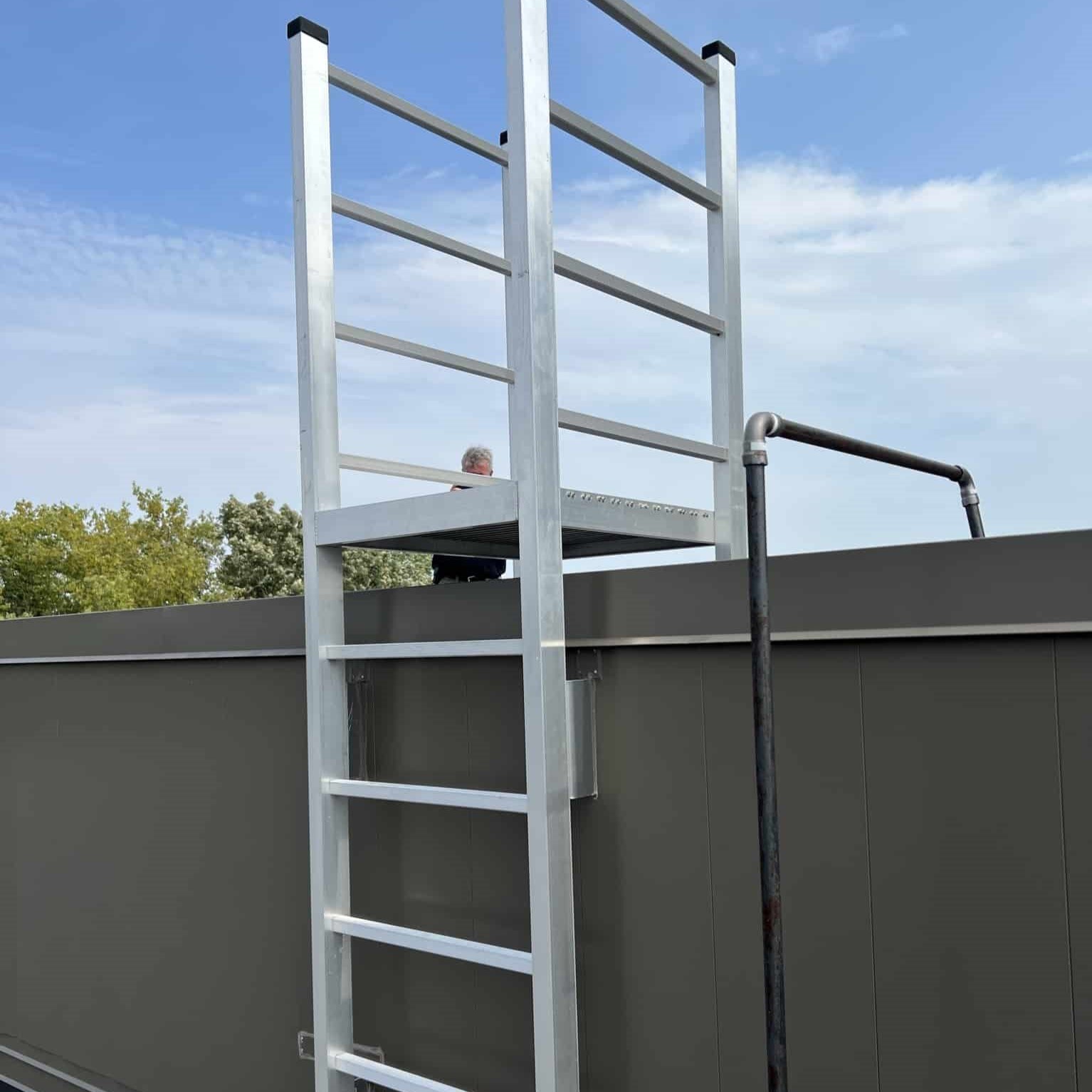


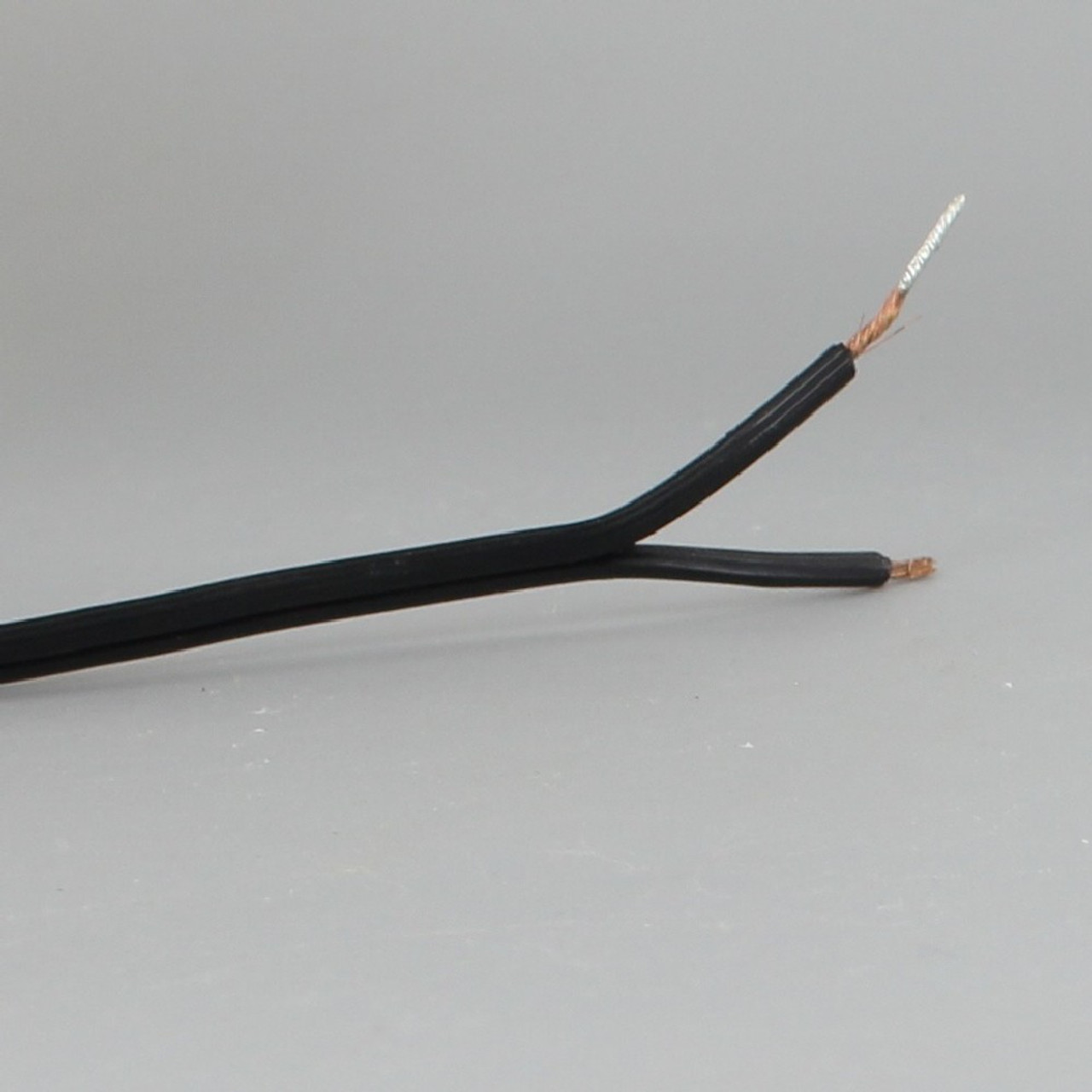
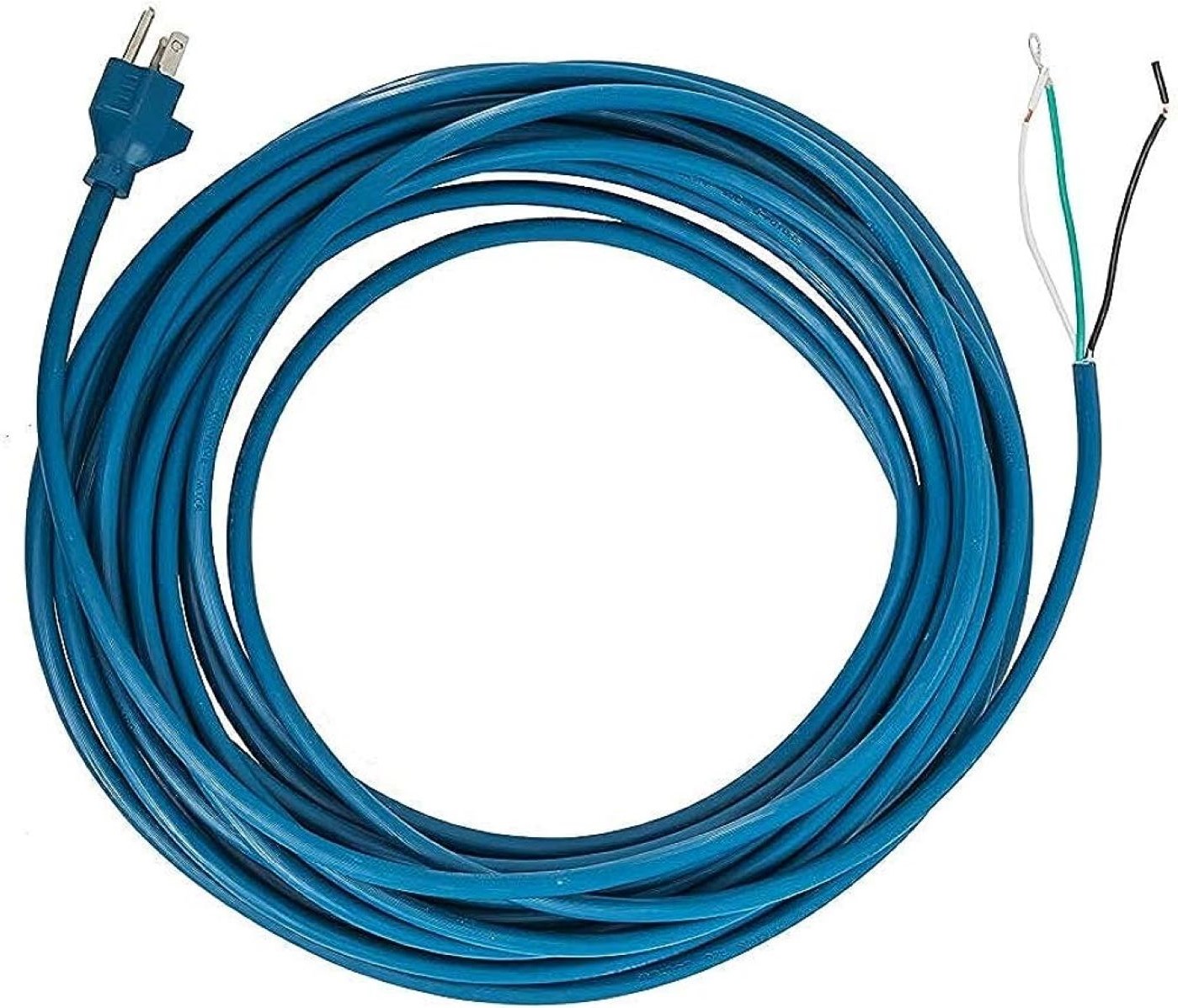
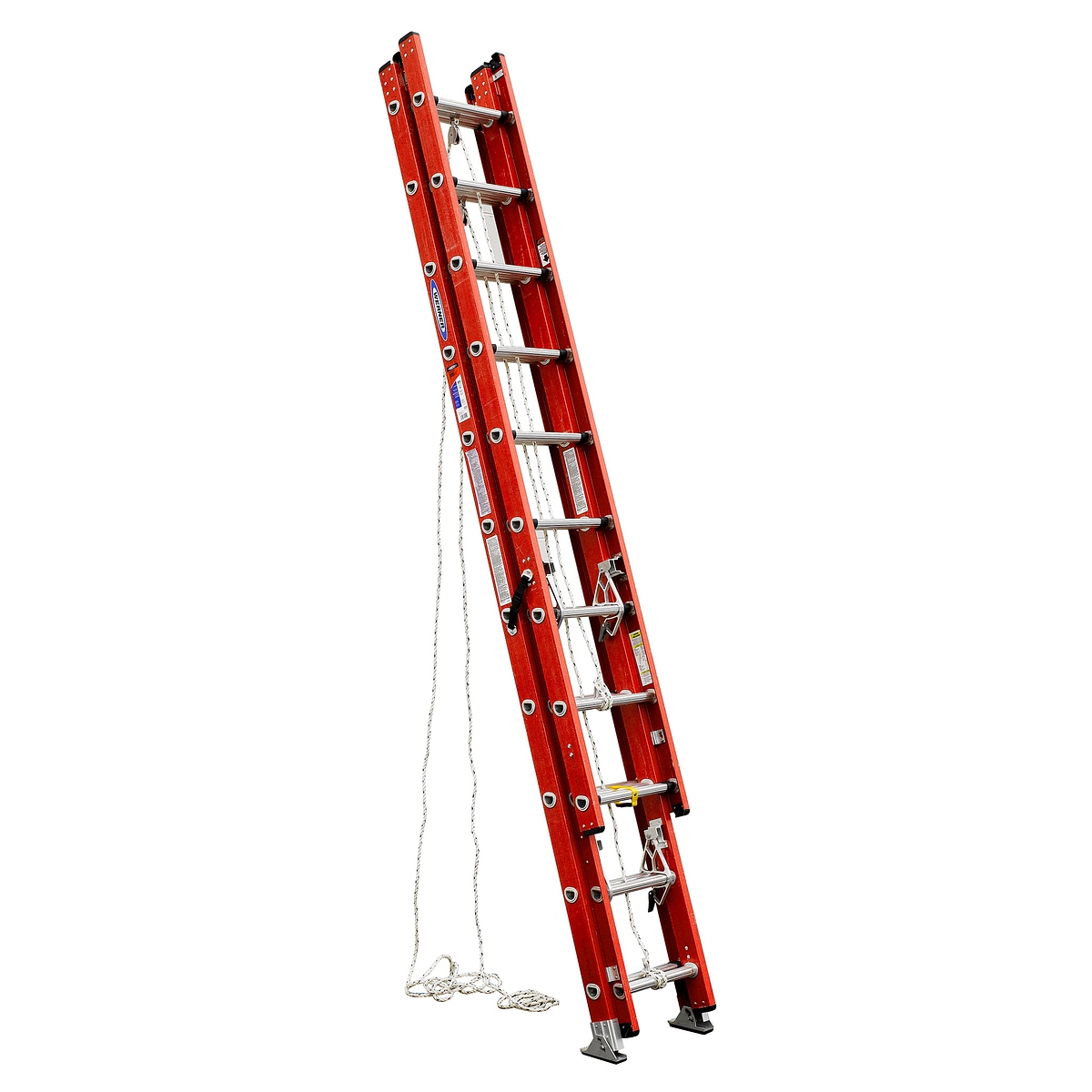
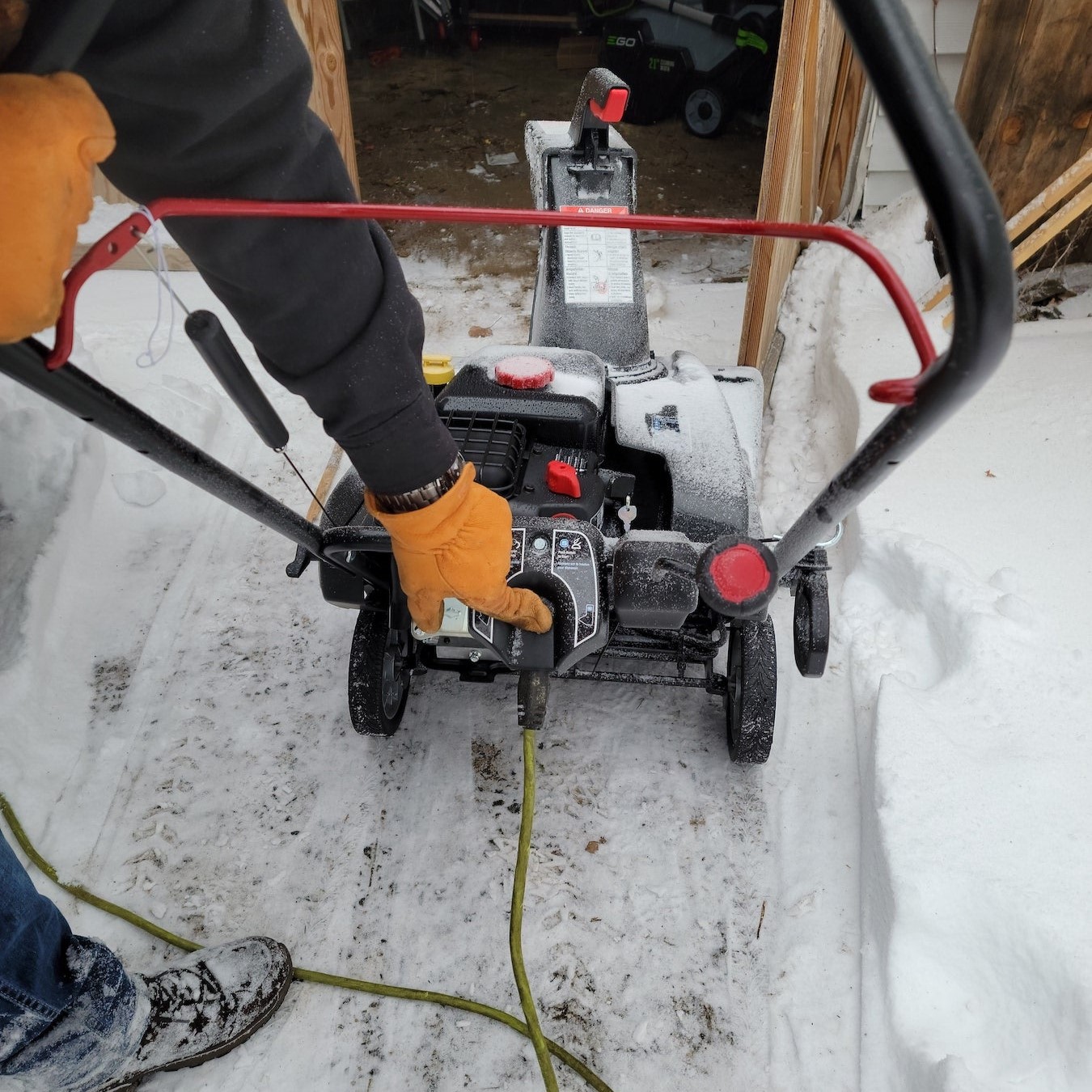


0 thoughts on “Which Action Is Potentially Hazardous While Raising An Extension Ladder”